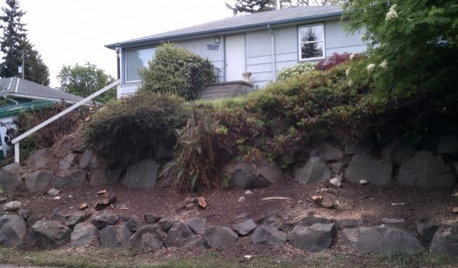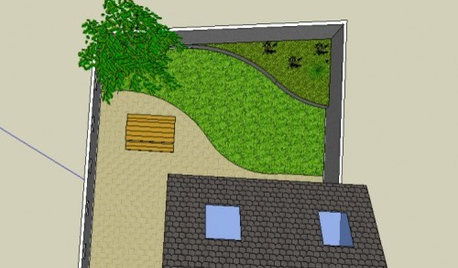Question on terminology please
texasoiler2
11 years ago
Related Stories

WORKING WITH PROS12 Questions Your Interior Designer Should Ask You
The best decorators aren’t dictators — and they’re not mind readers either. To understand your tastes, they need this essential info
Full Story
Design Dilemmas: 5 Questions for Design Stars
Share Your Design Know-How on the Houzz Questions Board
Full Story


REMODELING GUIDES13 Essential Questions to Ask Yourself Before Tackling a Renovation
No one knows you better than yourself, so to get the remodel you truly want, consider these questions first
Full Story
KITCHEN DESIGN9 Questions to Ask When Planning a Kitchen Pantry
Avoid blunders and get the storage space and layout you need by asking these questions before you begin
Full Story
FEEL-GOOD HOMEThe Question That Can Make You Love Your Home More
Change your relationship with your house for the better by focusing on the answer to something designers often ask
Full Story
GREEN BUILDINGConsidering Concrete Floors? 3 Green-Minded Questions to Ask
Learn what’s in your concrete and about sustainability to make a healthy choice for your home and the earth
Full Story
ORGANIZINGPre-Storage Checklist: 10 Questions to Ask Yourself Before You Store
Wait, stop. Do you really need to keep that item you’re about to put into storage?
Full Story
GARDENING GUIDESNo-Regret Plants: 5 Questions Smart Shoppers Ask
Quit wasting money and time at the garden center. This checklist will ensure that the plants you're eyeing will stick around in your yard
Full StoryMore Discussions






susanlynne48
Lisa_H OK
Related Professionals
Finneytown Landscape Architects & Landscape Designers · Middletown Landscape Contractors · Peabody Landscape Contractors · Chelmsford Landscape Contractors · Cincinnati Landscape Contractors · Costa Mesa Landscape Contractors · Englewood Landscape Contractors · Fair Oaks Landscape Contractors · Hoover Landscape Contractors · Overland Park Landscape Contractors · Oxnard Landscape Contractors · Bowie Decks, Patios & Outdoor Enclosures · Carmel Decks, Patios & Outdoor Enclosures · Green Bay Decks, Patios & Outdoor Enclosures · Urbana Decks, Patios & Outdoor EnclosuresLisa_H OK
texasoiler2Original Author
tulsacowboy
Okiedawn OK Zone 7
Okiedawn OK Zone 7
texasoiler2Original Author
slowpoke_gardener
ScottOkieman
soonergrandmom
Lisa_H OK
Okiedawn OK Zone 7